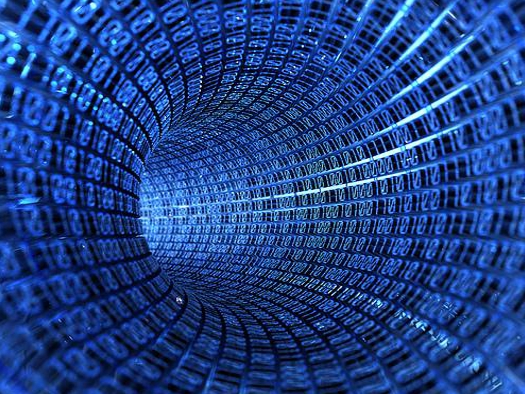Google Now Laying Fiber for Super-Fast Internet
Kansas City is receiving the first dose of Google Fiber, the search engine giant's 1 Gbps fiber optic network.

Monday in a blog, Google said that it is finally installing "thousands of miles of" fiber optic cable for its super-fast "Google Fiber" network. The lines will be installed between Kansas City, Kansas and Kansas City, Missouri, creating a solid backbone which later will branch out to all Kansas City consumers on both sides of the state line, providing download speeds more than 100 times faster than current broadband solutions.
"Each cable contains many thin glass fibers, each about the width of a human hair," Kevin Lo, the Google executive heading up the project. "We’ll be taking these cables and weaving them into a fiber backbone -- a completely new high speed infrastructure."
The Kansas City Star reports that the project was stalled by the Kansas City Board of Public Utilities over issues about where Google would attach the fiber optic cables to their poles. The BPU is owned by the Unified Government of Wyandotte County who penned the original agreement that gave the Google Fiber project a green light.
The agreement, according to the paper, said that Google would install its cable in the upper portion of the utility pole, a reserved space normally used by electrical lines. This space is free to use, but would cost Google extra to pay for more specialized and highly paid linemen to install the lines. Google was also faced with costlier engineering work by mounting its network in the upper region.
But typically telephone and cable companies attach their lines on the lower end and pay fees for using that space. These fees help defray the cost of erecting and maintaining the poles. Google eventually chose to take this route and pay the fees instead of sticking with the original agreement. The estimated difference in cost between the two regions was not provided.
When officially launched, Google's network will provide speeds of 1 Gbps -- about 100 times faster than existing broadband services currently providing Internet access to homes nationwide. Uploads of data to the Internet will move at the same speed, or 1000 times that of the current U.S. residential average.
"We’ve measured utility poles; we’ve studied maps and surveyed neighborhoods; we’ve come up with a comprehensive set of detailed engineering plans; and we’ve eaten way too much barbecue. Now, starting today, we’re ready to lay fiber," Kevin Lo said.
Stay On the Cutting Edge: Get the Tom's Hardware Newsletter
Get Tom's Hardware's best news and in-depth reviews, straight to your inbox.
Time to move to Kansas City.
-
digiex ReplyWhen officially launched, Google's network will provide speeds of 1 Gbps -- about 100 times faster than existing broadband services currently providing Internet access to homes nationwide.
...and theoretically 10x faster than my LAN connection of 100Mbps. So it download movies faster than transferring it to my other computer. -
blazorthon It's about time Google started laying the cables. There were articles about this project months ago, maybe even earlier.Reply -
computernerdforlife Here I thought I wanted to move to Texas for reasons like: bigger steaks/burgers, big events, bigger curves, bigger everything,... I never thought that would include something like bigger/better internet.Reply
No one on these forums have said it yet so I will: everything's bigger in Texas. -
I can get 100 Mbps cable internet where I live in Australia, so this is only 10 times faster. Of course, none of that speed is actually usable so why bother?Reply